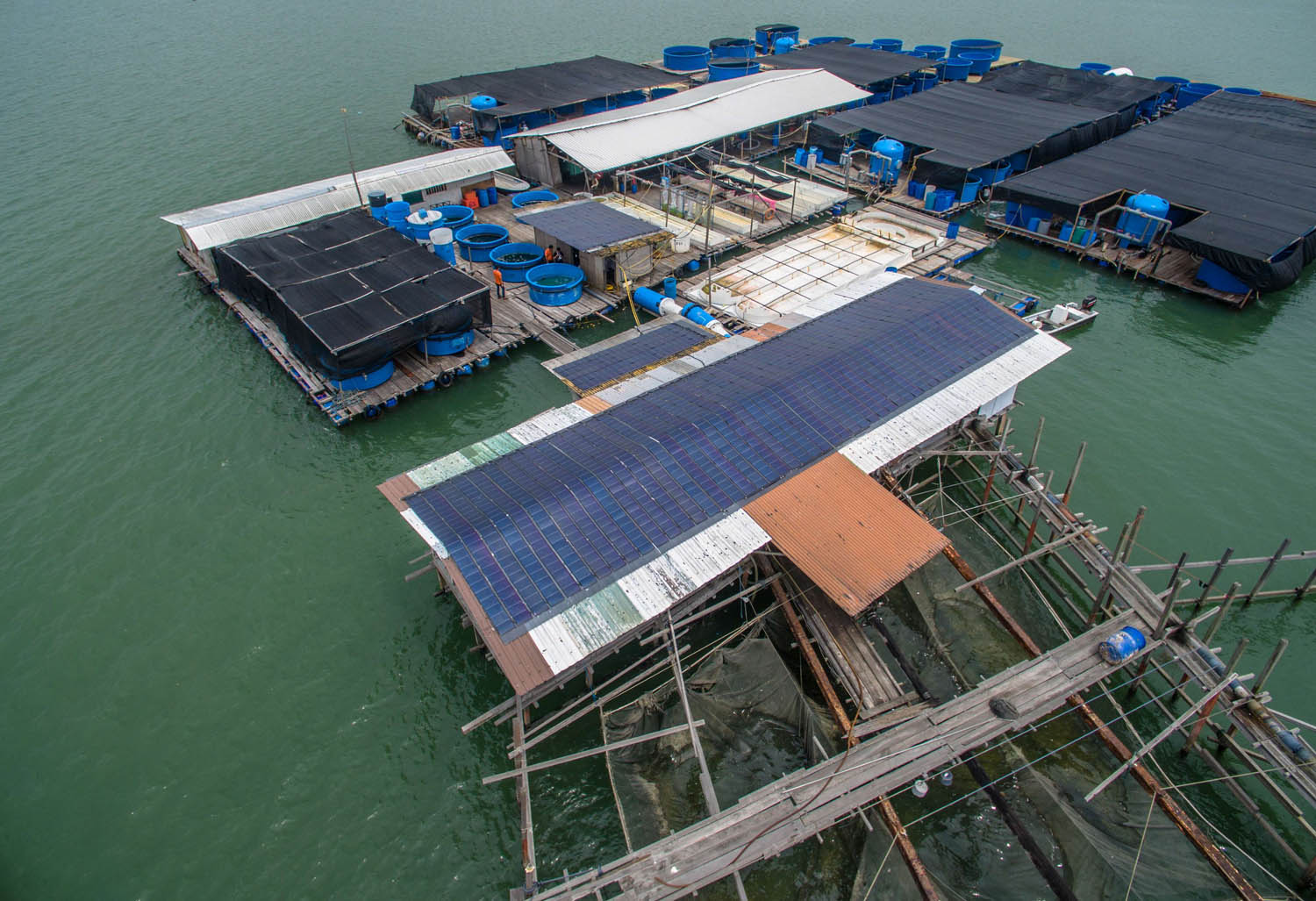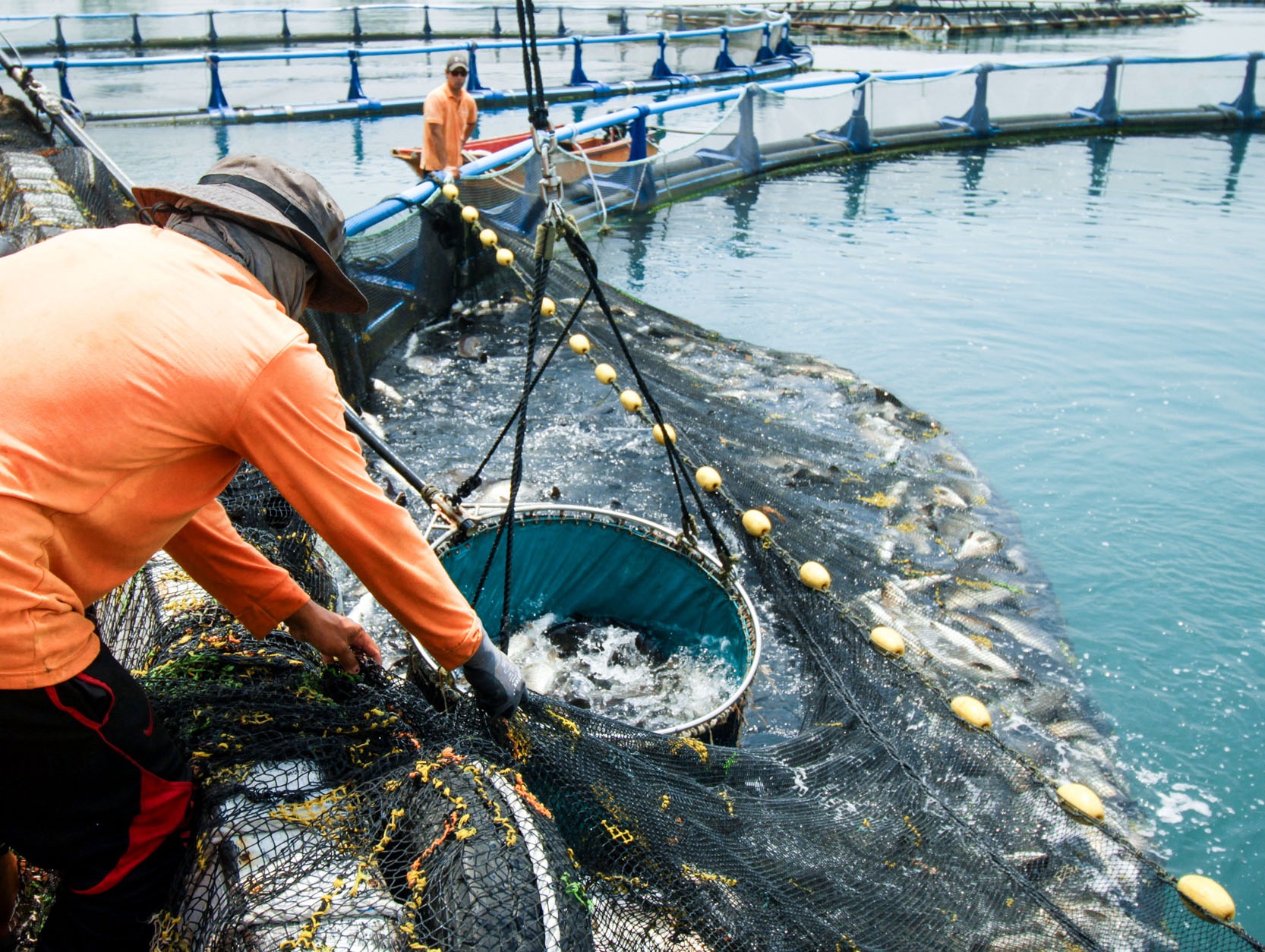Over the Chinese New Year period this year, Malaysia banned the export of four species of fish to Singapore as well as considered limiting egg imports here.
On the back of that news, Minister for Environment and Water Resources Masagos Zulkifli spoke about enhancing Singapore's food security at his ministry's Committee of Supply debate on March 7.
"30 by 30"
Masagos shared that climate change is estimated to cause crop yields to decline up to 25 per cent by 2050 and Singapore currently imports over 90 per cent of its food supply.
He shared that the Singapore Food Agency (SFA), whose mission is to "ensure and secure a supply of safe food for Singaporeans", has set an "ambitious" target of having 30 per cent of Singapore's nutritional needs produced locally by 2030.
According to the AVA, eggs and fish fall within the ‘protein’ food group while leafy vegetables are covered in the ‘fruits and vegetables’ food group. These are broad food groups that Singapore has set targets for.
The agency added that measuring local production as a percentage of our nutritional needs is a broader, more-encompassing yardstick that better reflects the actual food needs of Singaporeans.
To achieve this however, Masagos said that Singapore's agri-food industry needs new paradigms, adopt new solutions to raise productivity, apply research and development, strengthen climate resilience, and overcome our resource constraints.
Singapore supports various types of farming
Masagos then shared how the Agriculture Productivity Fund (APF) has helped more than 90 farms in Singapore innovate and increase their productivity.
The first examples were Kok Fah and Ho Ka Clean vegetable farms which have been feeding Singapore for more than 20 years. Utilising the APF has helped them integrate climate control and automate their operations which boosted their productivity and capacity.
Separately, Singapore Aquaculture Technologies, a fish farm, adopted closed containment aquaculture systems that help to protect fish production from sea-borne threats such as algae blooms or oil spills.
 Singapore Aquaculture Technologies. Via.
Singapore Aquaculture Technologies. Via.
Masagos went on to promise that the Ministry will expand production in state-of-the-art indoor farms.
Such farms can optimise plant growth and increase yield exponentially through high-tech solutions like LED lighting and climate control. These farms are hence climate resilient and can maintain high quality output.
The Singapore Food Agency will also support Singaporeans who want to take part in urban farming. Masagos said:
"This brings the community together, and attunes Singaporeans to food
security, by involving them directly in food production. Such farms can also be used
to test-bed innovative technologies for growing food."
 Urban farming. Via.
Urban farming. Via.
He gave the example of the former site of Henderson Secondary School which has been turned into an integrated space composing an urban farm, a child care centre, a nursing home and a dialysis centre.
SFA will also open up more deep sites for deep sea fish farming. One example of a deep sea fish farm is Barramundi Asia, which uses large sea cages to culture Asian seabass in the deep waters off Pulau Semakau.
By harnessing technology, Barramundi Asia is able to vaccinated 9000 fish per hour instead of 600 by hand, which obviously saves them a lot of time.
 Harvesting fish at Barramundi Asia. Via Barramundi Asia.
Harvesting fish at Barramundi Asia. Via Barramundi Asia.
According to Masagos, proper research and development will help Singapore achieve its "30 by 30" goal, grow Singapore enterprises, and create good jobs.
Top images via PSD.gov.sg and Barramundi Asia.
If you like what you read, follow us on Facebook, Instagram, Twitter and Telegram to get the latest updates.
